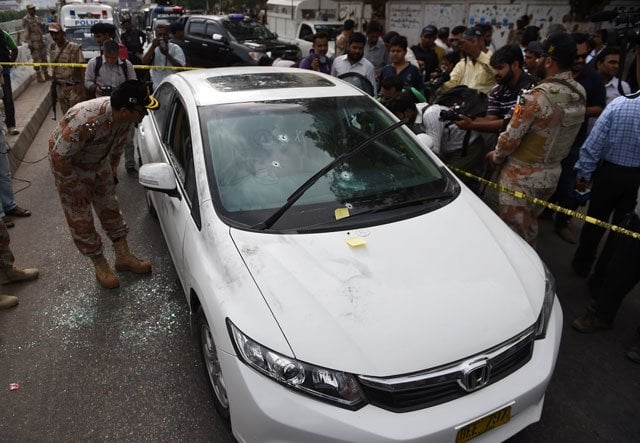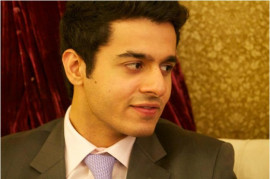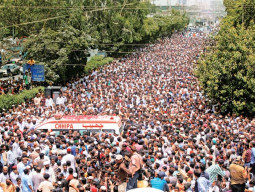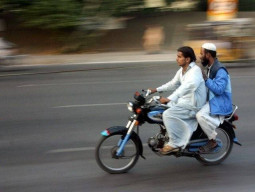
Whilst the rest of the country is in a state of tense, and relative, quiescence, Karachi has once again deteriorated. Data compiled by the South Asia Terrorism Portal (SATP) from news reports lists 160 terrorism-related incidents between January 1 and June 5 2016, with 138 dead and more than 64 wounded. Arrests are reported in 57 of these incidents, which indicate that law-enforcement agencies are not entirely ineffective.
On top of what may be termed day-to-day terrorism, there have been a series of high-profile incidents, the latest being the murder of Amjad Sabri, perhaps the most renowned of qawwals in the country today, allegedly by a TTP splinter group, a claim impossible to verify. Two days before the Sabri murder, the son of the Sindh High Court chief justice was kidnapped in broad daylight in an upscale part of the city. There is speculation that he is being held as a bargaining chip by an as yet unnamed terrorist group. Within the last month, two members of the Ahmadi community, one of them a doctor, have been gunned down — and all this against a backdrop of claims that have statistical substance of a drop in terrorism in the city in the last year. The raw figures show terrorism down by 80 per cent and targeted killings by 50 per cent, but this does nothing for the less quantifiable public perceptions of their own security. Street crime and mobile phone and motorcycle hijacking all increased in the first 10 days of Ramazan, with four dying in such incidents. Hardly inspirational of a sense of security.
Taking a wider perspective, there is a world of difference between an operation such as Zarb-e-Azb being conducted in a mountain area with a population that has been decanted, to conducting an operation in densely-populated south Punjab. Furthermore, and as amply demonstrated in Karachi, it is simply not possible to conduct urban counter-terrorism operations in a tightly packed city with overlapping territorialities. Deploying gunships is not an option, neither fighter-bombers. Police units — many corrupt anyway — are inadequately trained and equipped for what amounts to urban warfare.
The National Action Plan (NAP) formulated in the days after the APS massacre in Peshawar was supposed to be the universal fix-all that was going to defeat terrorism. We accept that terrorism is never going to be wholly eradicated. What we find less acceptable is the failure of civilian governance — the politicians — at both provincial and federal levels to make key elements of NAP operative. That which was achievable purely militarily has now mostly been accomplished at considerable expenditure of blood and treasure. That which was on the civilian side of the list, remains largely unfulfilled in any complete sense. Is Pakistan a safer and more secure place? The answer is a definite maybe.
Published in The Express Tribune, June 26th, 2016.
Like Opinion & Editorial on Facebook, follow @ETOpEd on Twitter to receive all updates on all our daily pieces.



































COMMENTS
Comments are moderated and generally will be posted if they are on-topic and not abusive.
For more information, please see our Comments FAQ